About
A Quick Orientation to Nanostructured Metals

What’s special about nanostructured metals?
Metals have provided the strength, durability, and other characteristics of useful products for mankind for centuries — from knives to nanosatellites. Ninety-three of the known elements that comprise our world are metals. The ability of metals to sustain high mechanical loads while also providing useful thermal, electrical, optical, and many other engineered properties, such as wear resistance or corrosion resistance, makes them invaluable constituents of the products that surround us. The range of uses is obvious in daily life — in bridges, automobiles, kitchenware — but also includes less obvious uses such as in bioabsorbable magnesium coronary stents or the ultra-tiny components in microelectromechanical systems (MEMS) such as in the accelerometers found in mobile phones.
What can Metallicum's Nanotechnology Do?
The Company's proprietary, patent-protected technology and process IP shears and deforms any ductile metal in a manner that has been proven to yield:
- 1.2x – 3.5x Greater Strength
- Up to 5x greater ductility
- 1.3x – 20x greater biocompatibility
Potential applications for the technology are great:
Medical
The size of nanomaterials is similar to that of most biological molecules and strucutres, making nanomaterials useful for both in vivo and in vitro biomedical research and applications.

Dental Implants

Stents

Spinal Screws & Rods
Oil & Gas
Nanofabrication is an important subfield of nanotechnology related to the energy industry. Nanofabrication is the process of designing and creating devices on a nanoscale, opening the doors for the development of new ways to capture, store, and transfer energy.
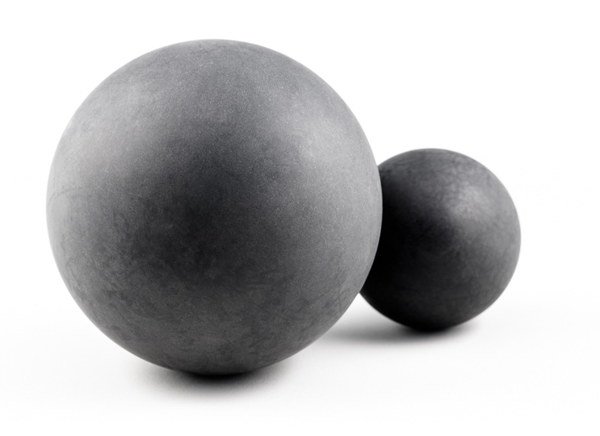
Frac Balls

Piping

Tubing
General Industrial
Nanostructuring metals such as aluminum can increase conductivity and be used for low-cost cables that compete with traditional steel cables.

Electrical Power Transmission

Cabling
Transport
Using nanostructured materials in automobiles and aircrafts reduces their weight, which can significantly increase fuel efficiency.

Automobiles

Aircrafts

Ships
Consumer
Nanostructured materials used in sports equipment, especially protective wear, can help and athlete's performance by increasing strength without increasing weight or sacrificing maneuverability.

Golf Clubs
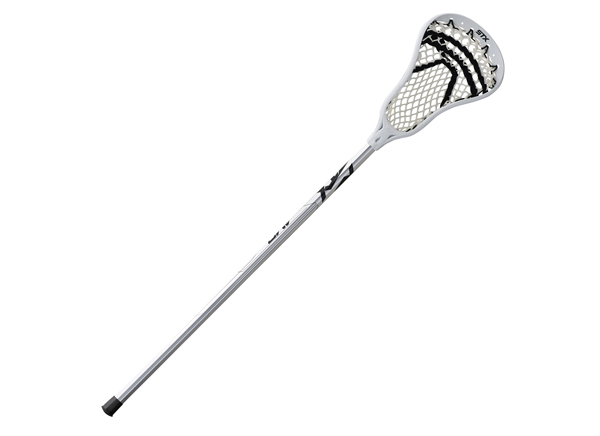
Lacrosse Sticks

Bicycles
A recent innovation in metals technology now heralds a new era for metals: nanostructuring. Scientists from Los Alamos National Laboratory and several institutes in Russia worked together to develop a simple method to modify the internal structure of any metal at the nano- size scale. This is the scale of clusters of a few hundred or a few thousand atoms. It is the same scale on which many biological processes occur. Modifying metals at this size scale allows many of their properties to be enhanced.
Recognizing the potential importance of this discovery, Manhattan Scientifics Inc. acquired the world’s first metal nanostructuring company, Metallicum Inc., and exclusively licensed the patented nanostructuring technology from Los Alamos National Laboratory to make it available for engineering applications.
The breakthroughs offered by nanostructuring can be understood by comparing the size of the fundamental building blocks of metals with living cells, one of building blocks of the human body. Metals are built with crystals, also known as grains, whose size is typically between 20 and 80 micrometers, two to four times larger than human cells, and slightly smaller than the diameter of a human hair. The size of the grains in metals strongly influences the metal properties including strength, cyclic load resistance, corrosion resistance, machinability, and formability. Nanostructuring metals reduces the size of metallic grains to a range between 0.02 and 0.40 micrometers. This is far smaller than the size of cells.
The refinement of grains caused by nanostructuring titanium can be seen in the optical and electron microscopy images below. The main effects of nanostructuring can be understood by recognizing that with smaller grains, there exists a much larger volume fraction of metal atoms associated with the boundaries between the grains. Atoms in or near grain boundaries possess significantly higher energy than the atoms inside the grains. The grain boundaries therefore form novel structures that impart unique characteristics to the metal. Research at scientific institutions worldwide has in recent years created the knowledge to allow us to harness the special properties of nanostructured metals and their surfaces.
Nanostructured metals have characteristics that change how they respond to external loads and to the environment around them.
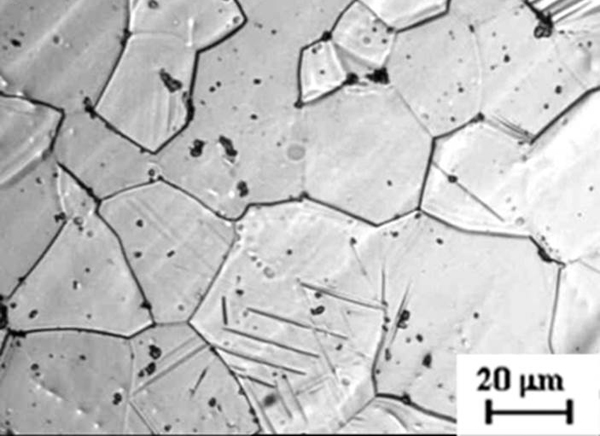
Initial Titanium
(Optical microscope view)
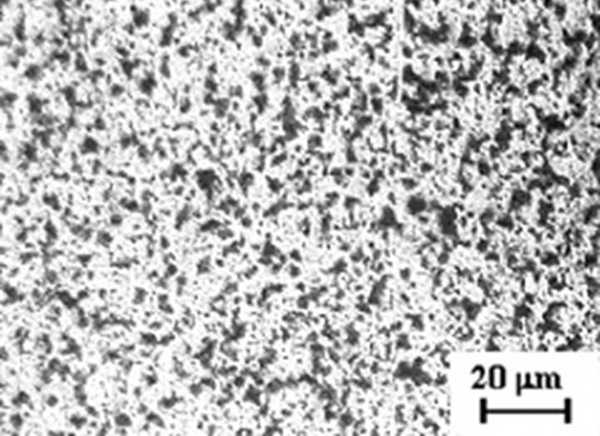
After Nanostructuring
(Optical microscope view)
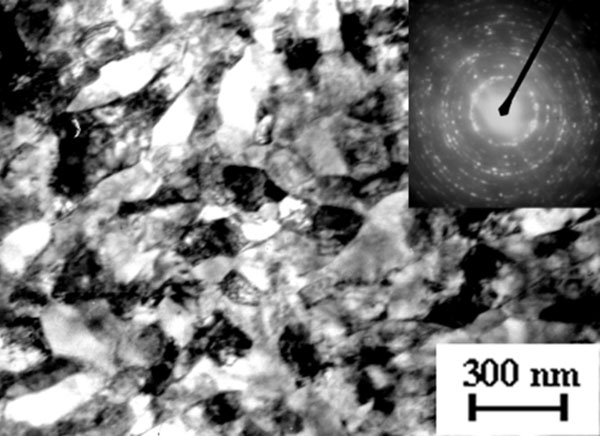
After Nanostructuring
(High magnification electron microscope view)
Perhaps the most significant advantage of nanostructuring is that it greatly increases the strength of metals, without altering their chemical composition. Thus the strength of pure metals can be increased to levels comparable to, and even greater than, today’s high strength alloys. For example, the strength of commercially pure titanium (grade 4) can be increased from its typical levels of 400 MPa to 700 MPa up to a range between 1200 MPa and 1400 MPa. This increase can enable significant enhancements of the performance of metals used in transportation, energy, industry, sports, and healthcare applications. For example, biomedical implants to replace your teeth, spine, or hips can be made stronger, more compact, and more resistant to failure. Researchers worldwide have measured and reported the superior properties of nanostructured metals in the over 6000 scientific publications, addressing virtually every class of metal.
With regard to the exemplary surface characteristics of nanostructured metals, one prominent example is how living cells attach to and grow in the presence of nanostructured surface features. Researchers have found that bone forming cells (osteoblasts) and stem cells grow better on nanostructured titanium surfaces, for example as would exist in orthopedic implants. Cells consistently proliferate faster on nanostructured titanium compared to conventional titanium, in some cases by as much as a factor of 20.
For a more in depth look at our work with nanostructured metals and their benefits, please visit our technology section.
